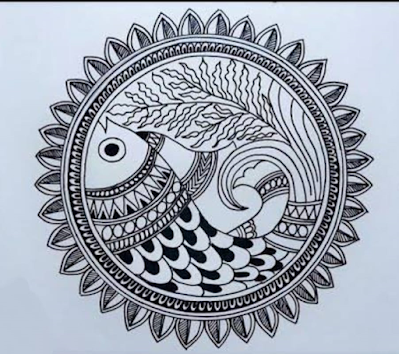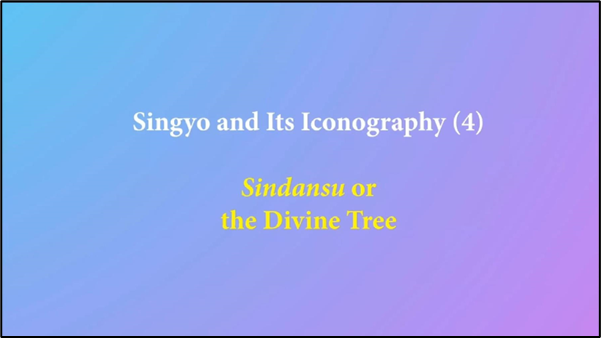Exploring Unique Cultural Treasures: Mithila Painting and Korean Traditional Painting.

Exploring Unique Cultural Treasures: Mithila Painting and Korean Traditional Painting Art serves as a mirror reflecting the essence of a culture, capturing its history, beliefs, and aesthetic sensibilities. Mithila painting from India and Korean traditional painting are two remarkable art forms that have stood the test of time, each carrying a unique value within their respective cultures. Despite their geographical and historical differences, these art forms share common threads of storytelling, symbolism, and cultural preservation. Mithila Painting: A Glimpse into Indian Folklore Mithila painting, also known as Madhubani art, originates from the Mithila region of Bihar, India. Rooted in ancient traditions, this vibrant art form is deeply intertwined with daily life and rituals. Typically created by women, Mithila paintings are characterized by intricate detailing, bold colours, and strong geometric patterns. The themes often revolve around mythology, folklore, and n...



